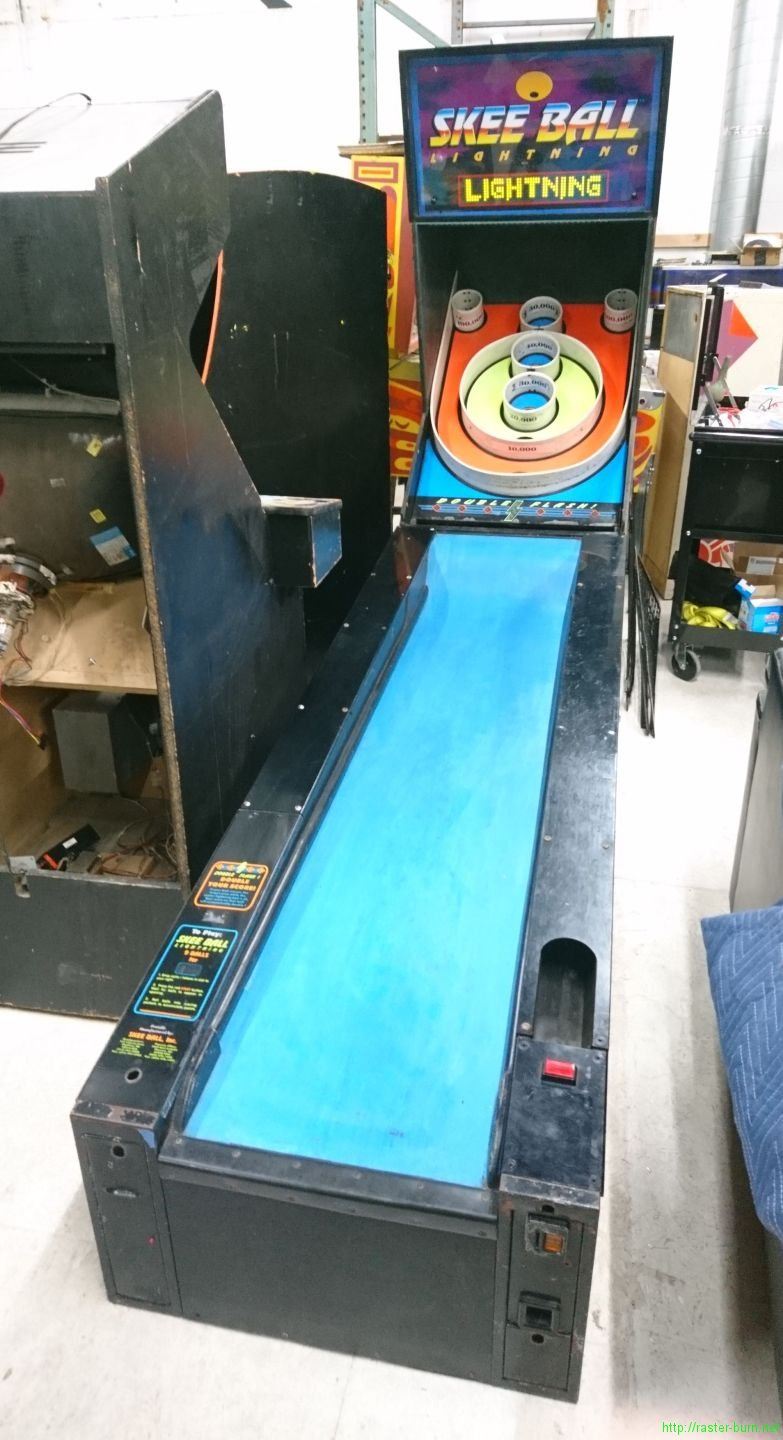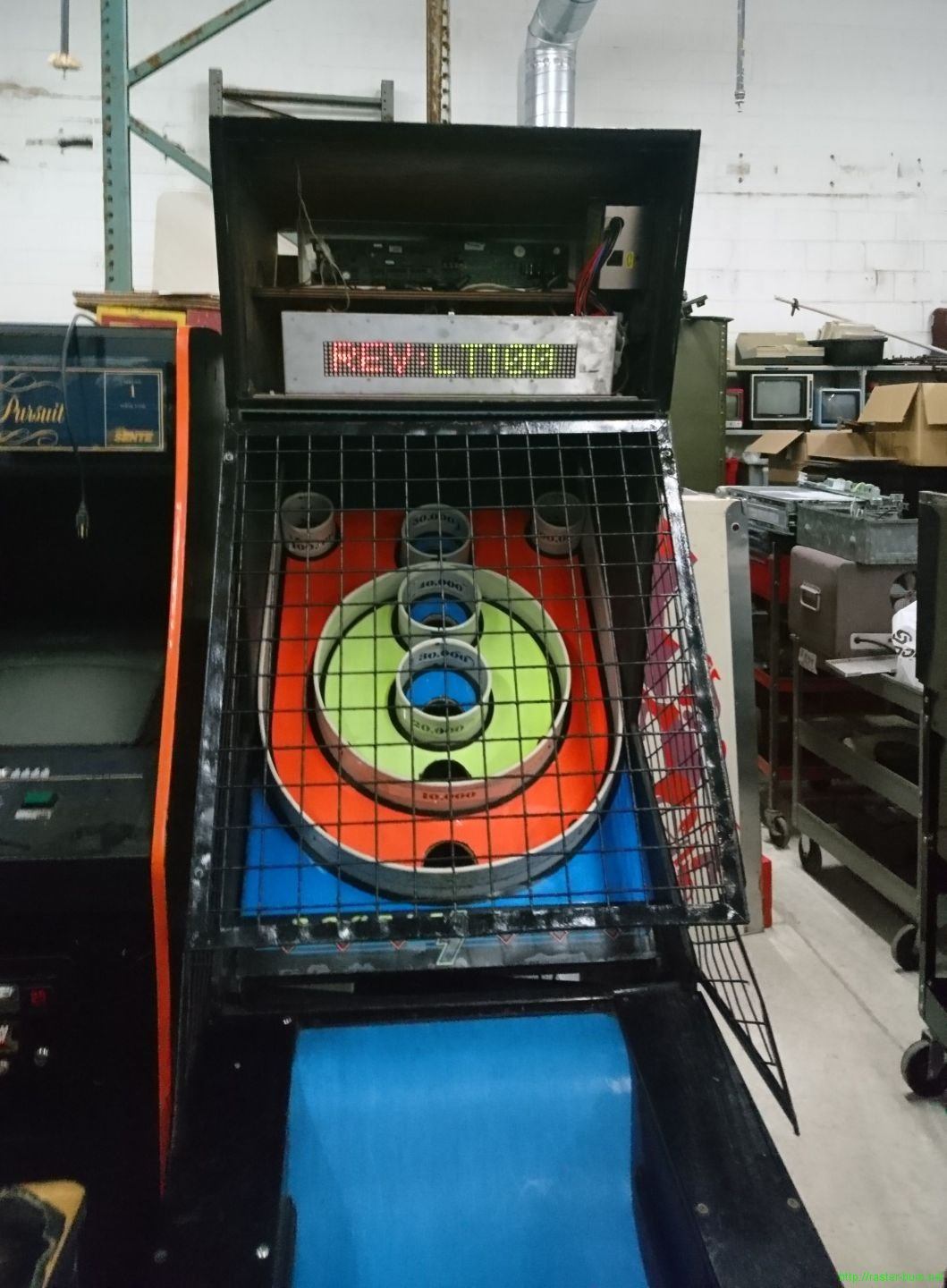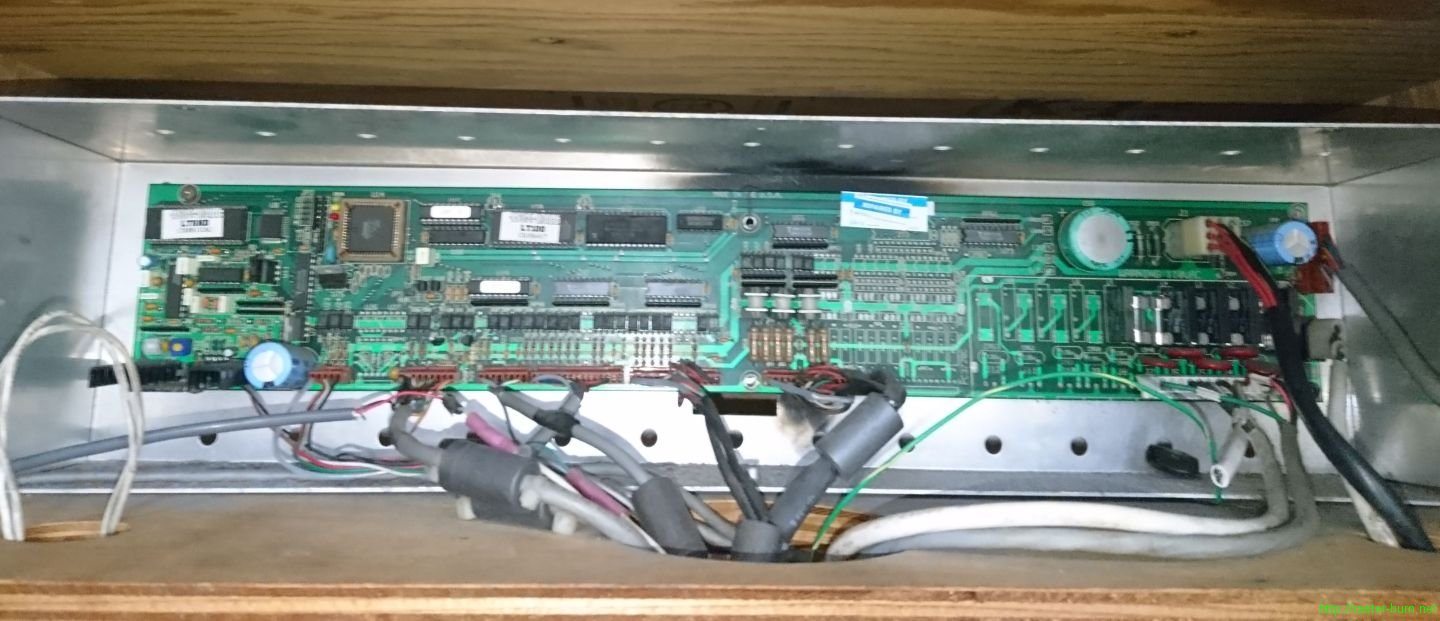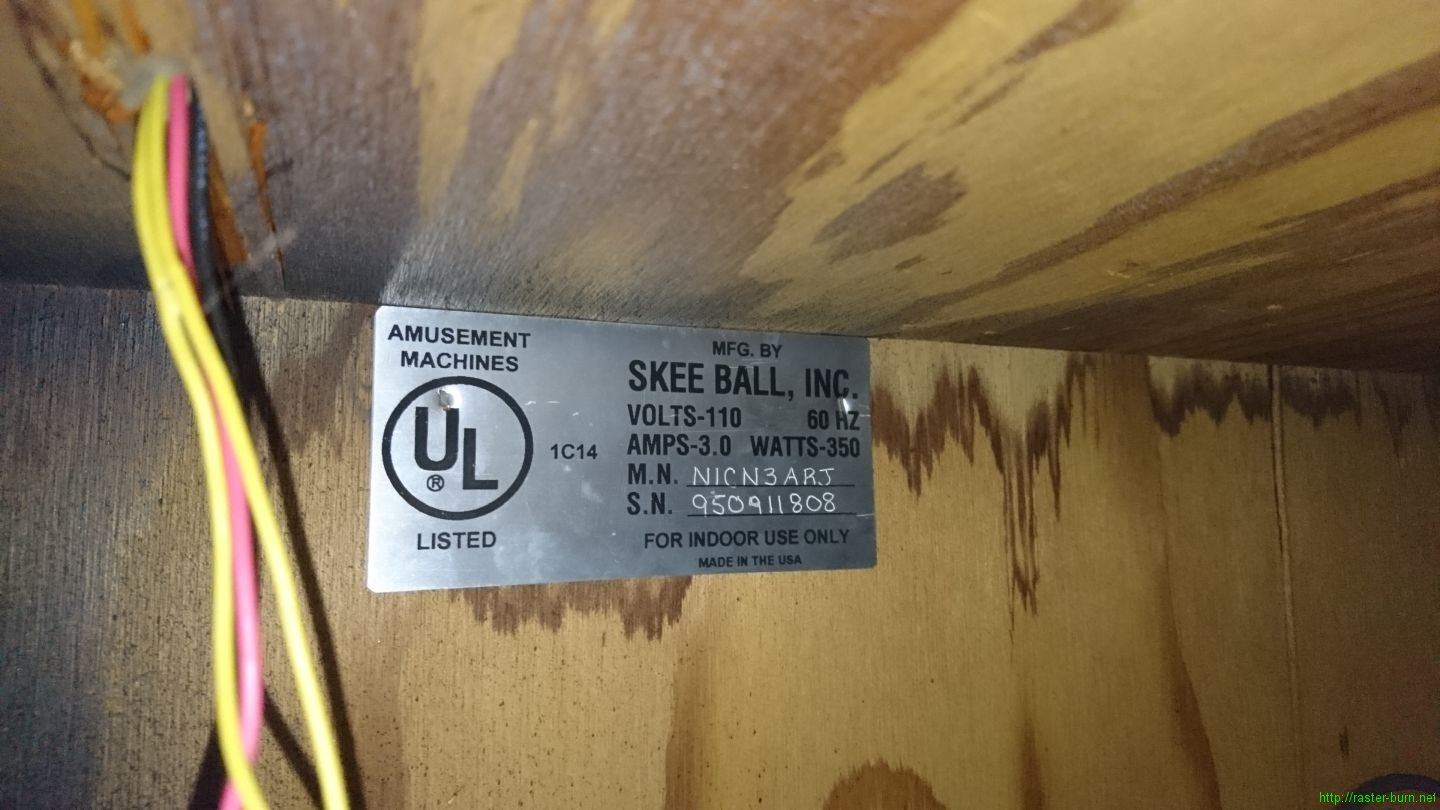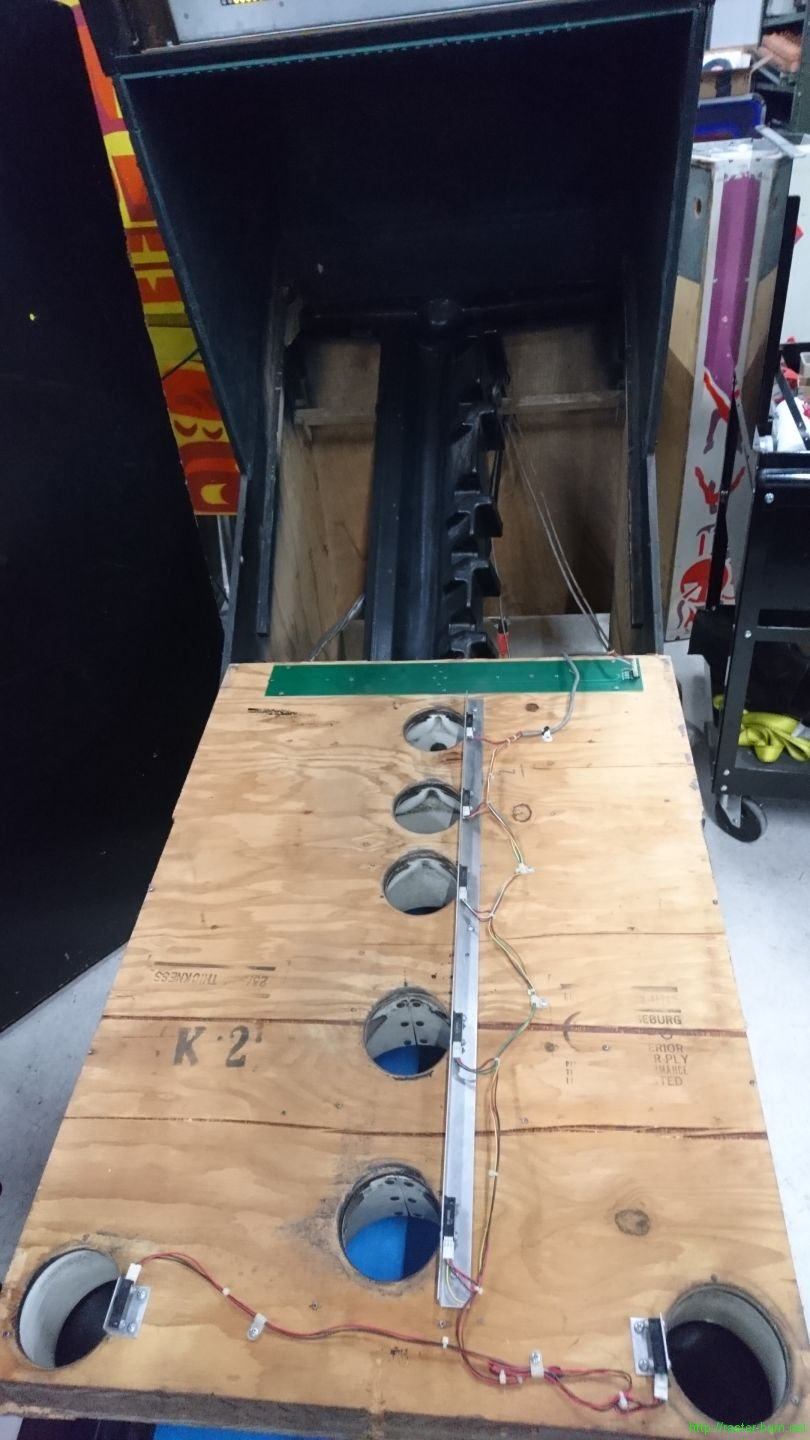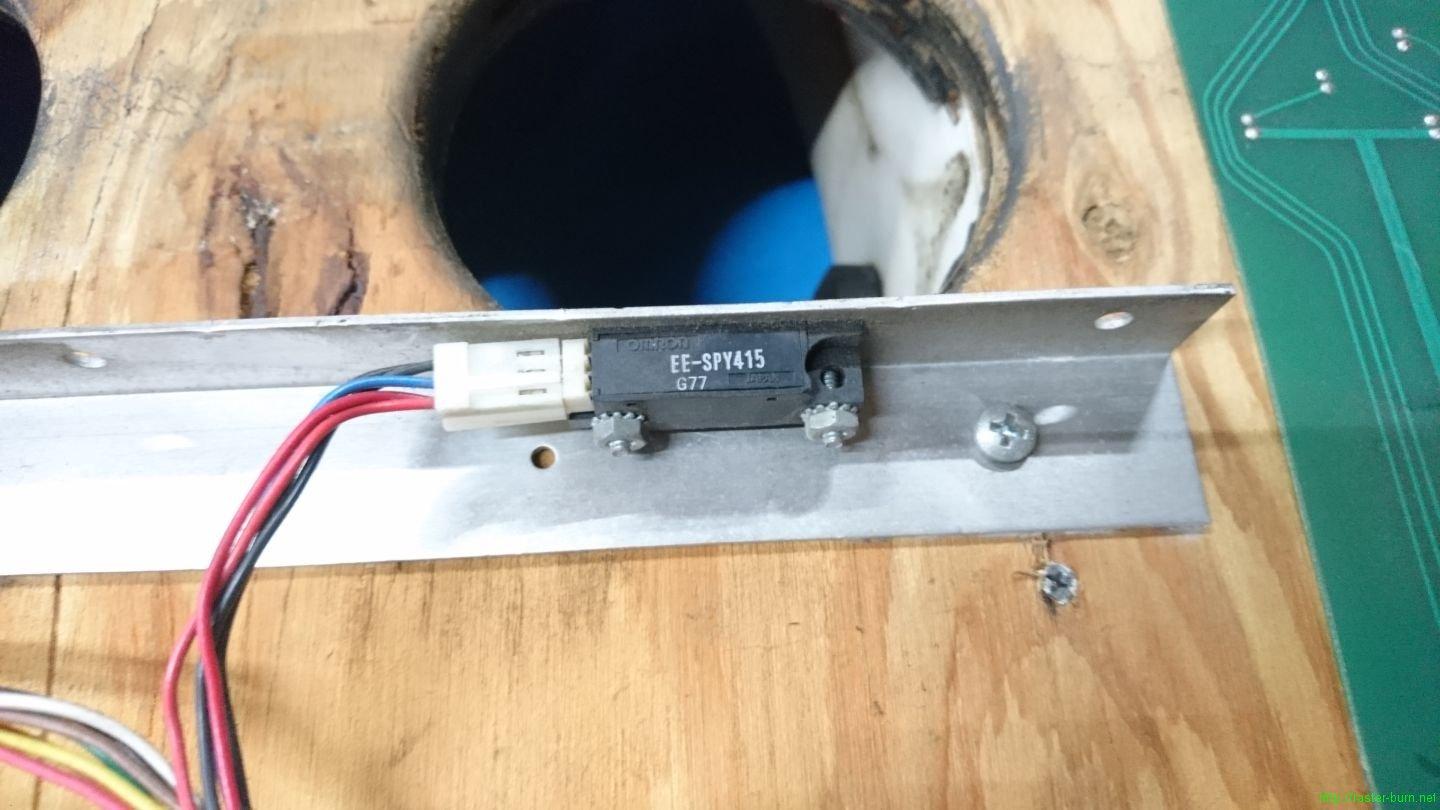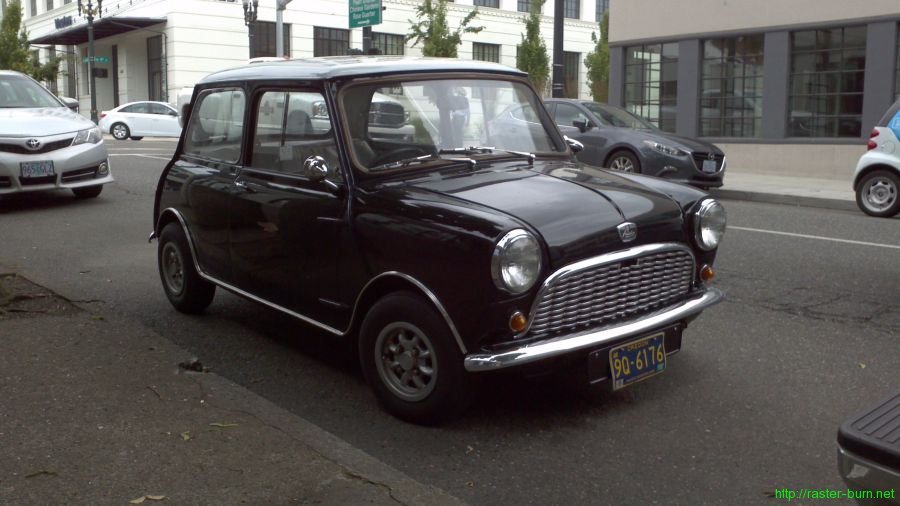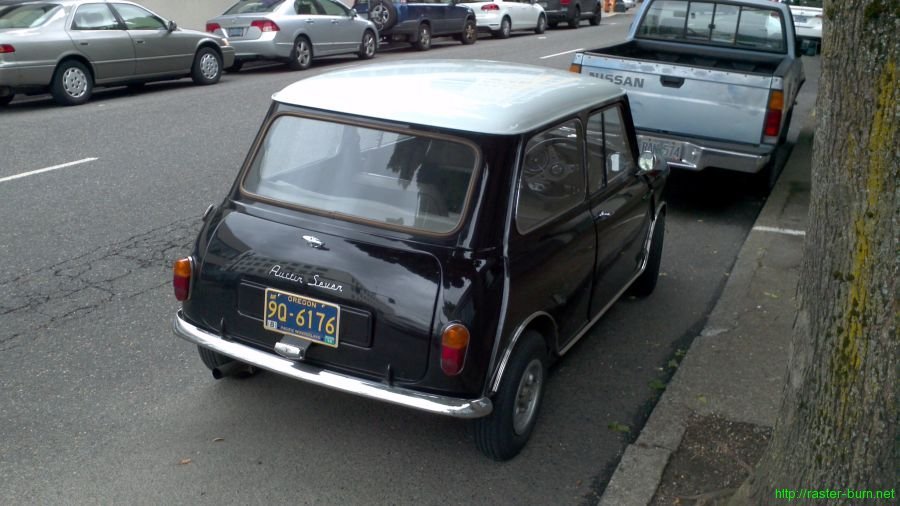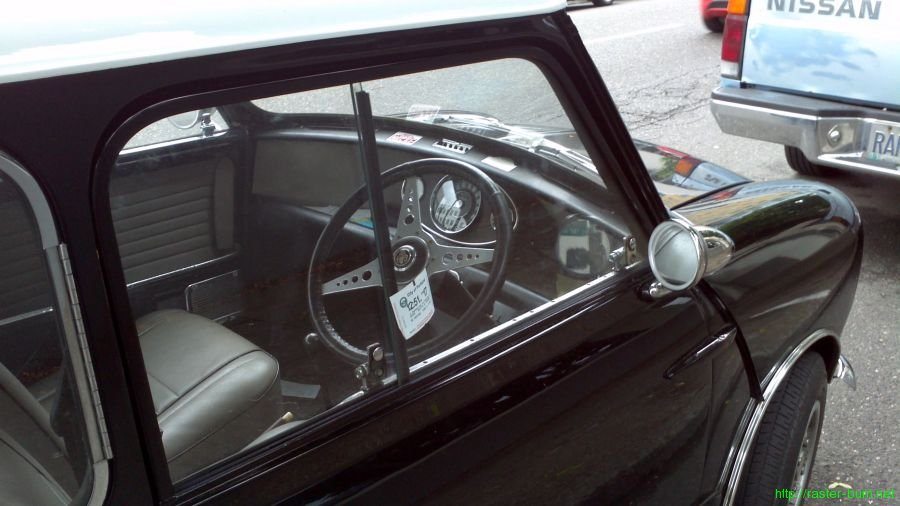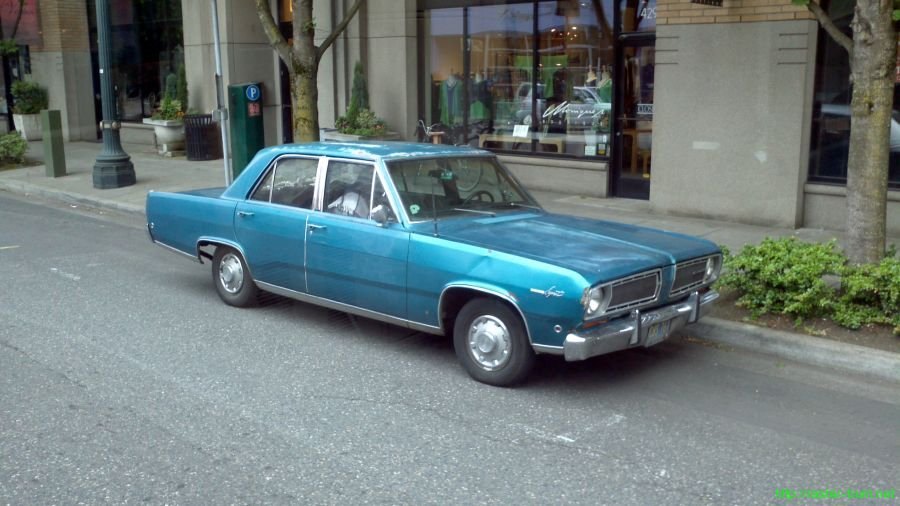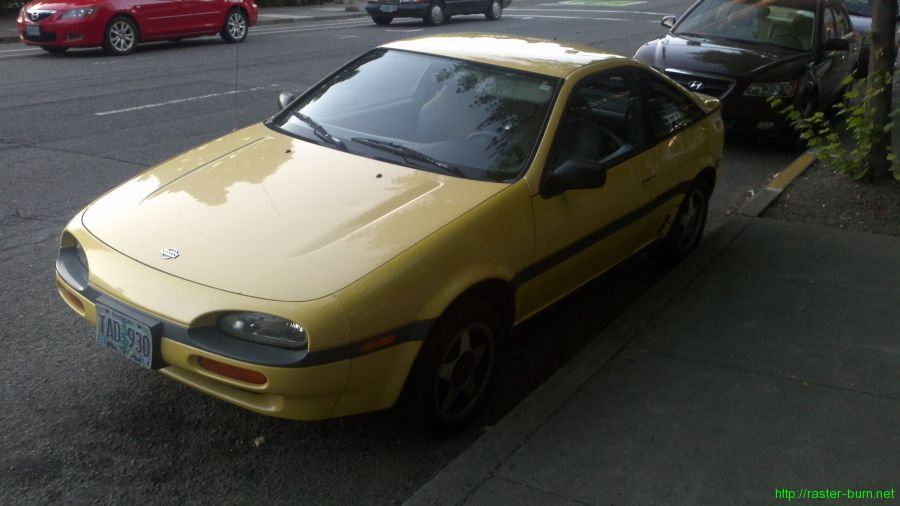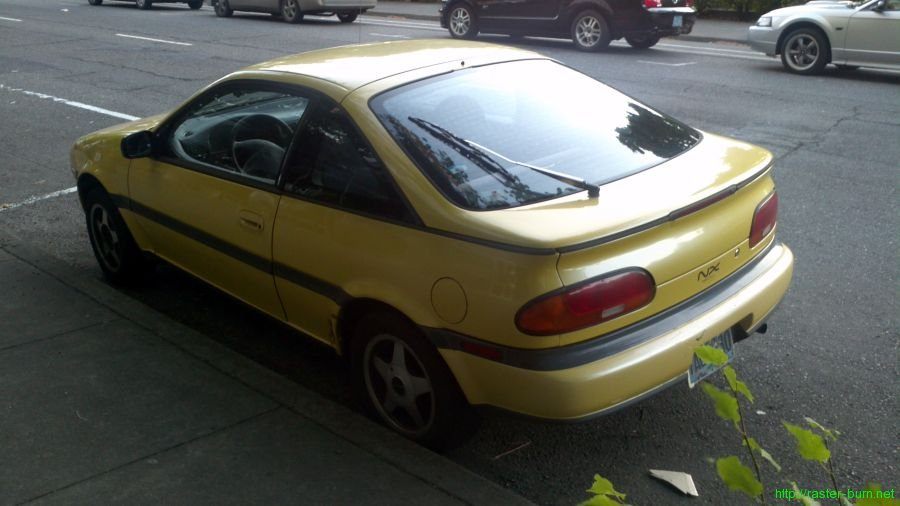I parted ways with my Williams Scorpion and Big Guns in December, and as part of the deal on those took a pretty beat up but complete 1990s Skee Ball Lightning in trade. I thought it would need a lot of work but it was actually a pretty simple thing to revive.
The main issue with it was a bad power supply, which I received separated from the machine, heavily corroded, and caked with dust. I didn’t even bother testing it and just ordered a fresh Happ Power Pro 200W supply and threw that in. It connected right up, but on powering the cabinet only the red LED came on and stayed steady.
I’d done my homework and knew these machines need a higher +5V input voltage than most equipment. The Happ unit was set for 5.25 volts out of the box, and I had to crank it up to 5.6 volts to get the controller to boot (the test point on the board is in fact labeled 5.6V!). Once I did that it cycled through all of the LEDs, settled on green, and after a few moments greeted me with “Have a nice day”.
Now it would play but I still had no output on the dot matrix display… This ended up being dumb simple. The cable coming out of the display is actually two sections, joined with a male-male bridge connector inside the display housing. The bridge piece in my cable was broken in half, and missing four pins. I tracked down a replacement and reconnected everything and the display came right up. Very lucky, as replacements are pretty hard to find and can cost a few hundred bucks when they do turn up.
This machine is an ‘N1C’ serial number prefix variant. There are also ‘N1E’ prefix machines with a different controller board, and an early production block that uses Skee-Ball model ‘S’ controller hardware. I’ve seen posts that indicate shared hardware between the post-S Lightning machines, and other contemporaneous titles from Skee Ball including Skee Ball Too, Tower of Power, and Yoo Yoo Punch.
I also saw a NOS ‘N1H’ board for sale that is labeled “Lightning Logic Board” and shares the connector layout of the other board types, so I’m guessing there are other compatible boards out there too, if one could find appropriate ROM images.
One of the optical sensors for scoring is flaky, registering only about 30% of the time. Fortunately these Omron EE-SPY415 modules are still readily available through Mouser and various other parts suppliers’ sites for a little over $20 each.
By far the worst thing about this machine is the metal guard cage. It’s clearly endured a ton of abuse, and has a lot of popped welds and tears due to metal fatigue to show for it. I’m going to crib from modern skee ball variants and fabricate some plexiglass guards to replace the tired metal design.
All told, pretty nice score. Any alley roller game like this will still readily make money in a bar, so used machines still command a lot of cash, and I’m fortunate to have been able to pick up a project machine relatively inexpensively as part of a package deal.

